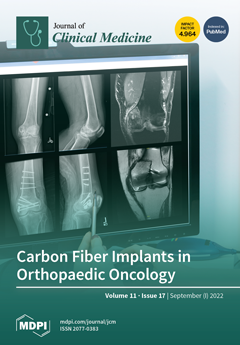Objective: To explore the biomechanical efficacy of arthroscopic all-inside anterior talofibular ligament (ATFL) suture augmentation repair, plus suture augmentation repair and anterior tibiofibular ligament-distal fascicle (ATiFL-DF) transfer augmentation repair, so as to provide a basis for the accurate selection of ATFL repair in clinical practice.
Methods: Twenty-four (12 pairs) fresh frozen human cadaver ankle specimens were used. Six of the ankle specimens were set as the normal group, and the other 18 ankle specimens were used to establish ATFL injury models. The ATFL was then repaired using arthroscopic all-inside ATFL suture augmentation repair (suture augmentation group), plus suture augmentation repair (plus suture augmentation group) and ATiFL-DF transfer augmentation repair (biological augmentation group), respectively. After the repaired ATFL was separated, the ankle specimens were fixed on an electronic universal testing machine with a customized fixture for the tensile test, and the ultimate failure load (N) and stiffness (N/mm) of the ankle specimens were compared.
Results: The ultimate failure load of the plus suture augmentation group (229.3 ± 66.7 N) was significantly higher than that in the normal group (148.2 ± 39.4 N,
p = 0.045) and the biological augmentation group (131.3 ± 38.8 N,
p = 0.013). There was no statistical difference in ultimate failure load between the suture augmentation group (167.2 ± 47.2 N), the normal group and the biological augmentation group. The stiffness of the plus suture augmentation group (26.2 ± 8.2 N/mm) was significantly higher than that in the normal group (12.1 ± 3.8 N/mm,
p = 0.005) and the biological augmentation group (12.7 ± 5.2 N/mm,
p = 0.007). The stiffness of the suture augmentation group (23.6 ± 7.0 N/mm) was significantly higher than that in the normal group (
p = 0.024) and the biological augmentation group (
p = 0.033). There was no statistical difference in stiffness between the plus suture augmentation group and the suture augmentation group, and no statistical difference in stiffness between the normal group and the biological augmentation group.
Conclusions: The tensile strength and rigidity of plus suture augmentation repair were significantly better than those of normal ATFL, suture augmentation repair and ATiFL-DF transfer augmentation repair. Suture augmentation repair can obtain tensile strength similar to normal ATFL and ATiFL-DF transfer augmentation repair, and suture augmentation repair can obtain rigidity significantly better than normal ATFL and ATiFL-DF transfer augmentation repair. ATiFL-DF transfer augmentation repair can obtain tensile strength and rigidity similar to normal ATFL.
Full article






